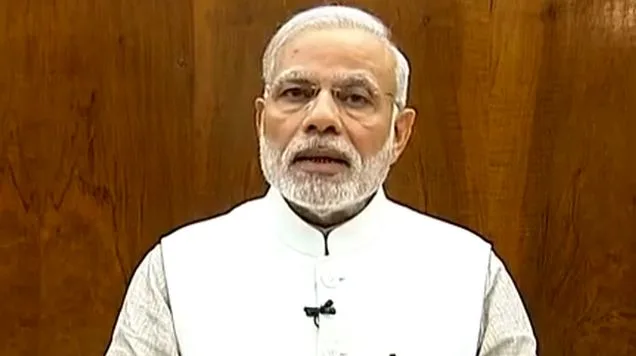Srinagar sees unprecedented voter participation in the Lok Sabha elections, with PM Modi attributing high turnout to Article 370 abrogation
Srinagar witnessed a historic voter turnout during the fourth phase of India’s general elections, with a notable 36.58% participation rate recorded by 8 pm. This surge in voter activity is the highest seen in recent times for the region. Lieutenant Governor Manoj Sinha, along with various stakeholders, has expressed satisfaction over the smooth and peaceful conduct of the polls across key districts including Srinagar, Budgam, Ganderbal, Pulwama, and Shopian.
The increased voter turnout in these elections is the first of its kind since the controversial abrogation of Article 370 and the enactment of the Jammu and Kashmir Reorganisation Act in 2019. This legislative change has significantly altered the administrative and political landscape of Jammu and Kashmir, sparking a mix of responses from the local population.
Embed from Getty ImagesPrime Minister Narendra Modi, commenting on the high turnout, linked it to the abrogation of Article 370, suggesting that the move has allowed the aspirations of the people in Jammu and Kashmir to find fuller expression. According to him, the change has particularly energized the youth and grassroots levels of society in the region.
Security measures were stringent, ensuring voters could participate without fear. The enthusiastic participation of the electorate is seen as a strong endorsement of the democratic process, reflecting a burgeoning faith in electoral governance.
Returning Officer Bilal Mohiuddin Bhat reported no instances of ‘zero voting’ across 2,135 polling stations, a significant improvement over previous elections where some stations reported no voter turnout. Lieutenant Governor Sinha appealed to the electorate to continue this trend in the remaining phases of the election, highlighting the importance of voting as a critical element of democracy.
Analysis:
The record voter turnout in Srinagar is a multifaceted phenomenon with deep political, sociological, and security implications. Politically, the high participation may be viewed as a validation of central policies concerning Jammu and Kashmir, particularly the abrogation of Article 370. This turnout could be seen as an acceptance of the new political realities by the local populace, albeit this interpretation is contentious and debated.
Sociologically, the election post-Article 370’s repeal represents a crucial juncture for the people of Jammu and Kashmir. It reflects a possible shift in public sentiment, where increased electoral participation might suggest a greater willingness to engage with the Indian democratic process, despite the ongoing debates about the region’s autonomy and rights.
From a security perspective, the peaceful conduct of elections amidst heavy security is notable. It not only demonstrates effective law enforcement but also reassures the public about their safety, encouraging voter participation. This aspect is crucial for maintaining the legitimacy and integrity of the electoral process in a region often marred by security challenges.
The economic aspect cannot be overlooked as well. Political stability brought about by active participation in elections can lead to more robust economic development. A stable region is more likely to attract investment and improve the economic conditions of its people.
In conclusion, the electoral participation in Srinagar is a significant indicator of the region’s evolving political landscape and its interaction with national policies. It underscores the complex interplay between local aspirations and national interests, shaping the future of Jammu and Kashmir in the larger context of Indian democracy.
